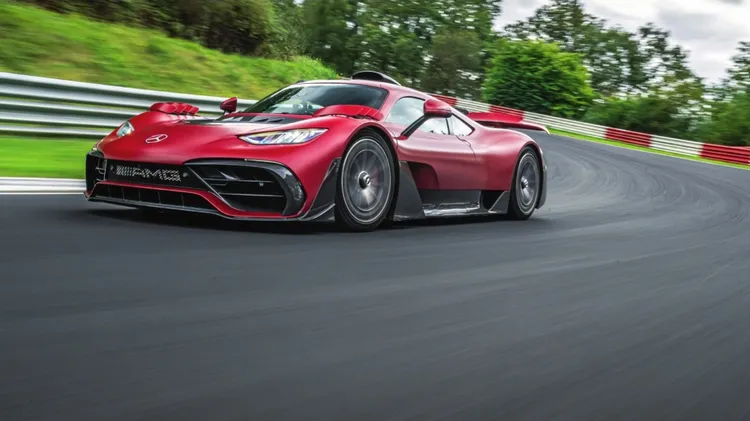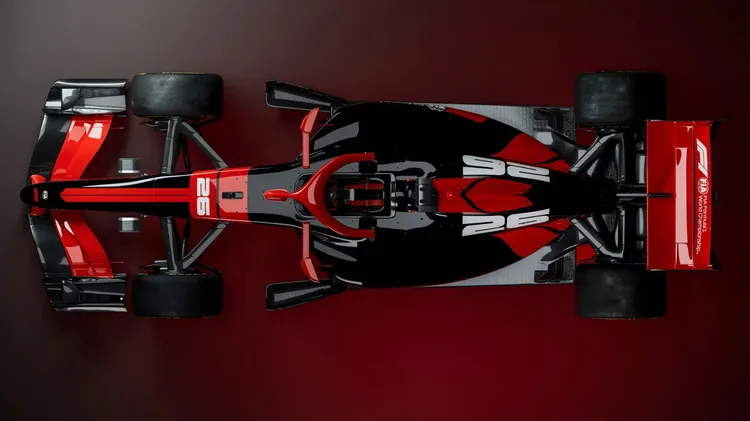Biofuels and e-fuels could mean a greener future for historic cars,
Cleaning up classic fuels
6 min read
This article is from...
Read this article and 8000+ more magazines and newspapers on Readly






